Robots, the workers of tomorrow
Robots have been part of our lives in one form or another for decades, even if they have not been visible to many of us in our daily lives. Science-fiction brought the robots into our collective consciousness in the 1950’s and 60’s through books, movies, and TV-shows. In them, they were portrayed and represented as either frightening, emotionless enemies of humankind or as humanoid servants. But what are the robots of today like, and will they be doing all of our work for us in the future?
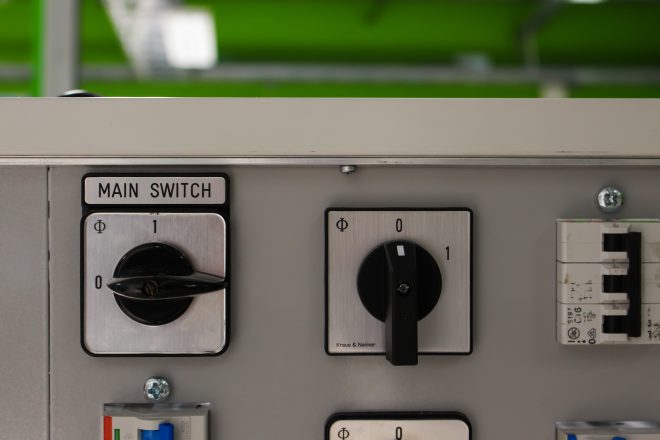
Robots and automation have been a familiar sight in the manufacturing industries for decades. They have enabled more efficient and faster manufacturing processes to take shape within different industries. Through the advancements in informational technology, better materials and other sectors critical to robotics are enabling an unforeseen growth spurt for the industry of robotics and automation. A clue to the effects of digitalization on the surrounding society can be found in a research paper published in March of 2017 by the Confederation of Finnish Industries wherein it is stated that almost 90 per cent of the respondents, which included companies and corporations, say that they will face new skill requirements in their sectors due to digitalization.
Thanks to this newest jump in growth, more and more sectors and their actors can utilize robotic and automated solutions in their business, as there are only a few areas in which the robots could not conceivably work. For example, in pharmacies the robots have long been used to deliver drugs to the apothecaries, and the robots have even made their way into the operating rooms in hospitals where robotic limbs and equipment are used by surgeons conducting delicate operations.
The growth spurred on by digitalization, smart automation, and robotics has reached new arenas of business. These new areas can include new innovations as well as the revitalization of old industries. However, without investments these new opportunities are missed. Focusing solely on the physical robots and the IT-infrastructure is not enough, says Mirka Leino who heads the automation research group at the Satakunta University of Applied Sciences. It is imperative, she continues, that the society dedicates resources in the cultivation of knowledge and skills required by the emerging sectors.
According to Leino, the new facilities at the Satakunta University of Applied Sciences provide the opportunity to engage with the companies and corporations in the region. This could include, for example, the desire and the opportunities of the companies to utilize automation in their operations.
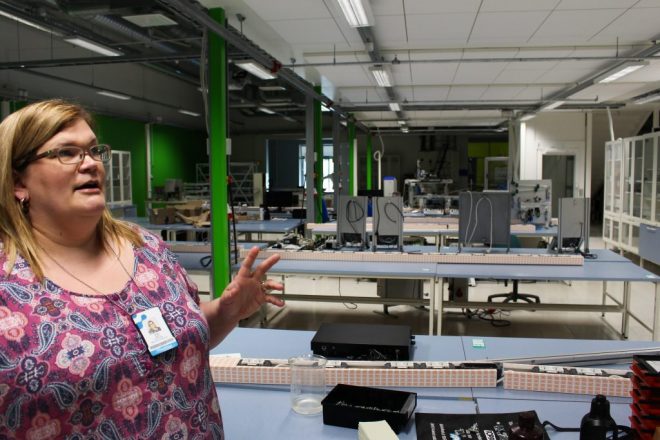
“Robots and robotics are going to be increasing in our society, and they will have profound effects on both the education and the industries”, Leino explains.
The project titled The Satakunta robotics region – a leap from a national brand to an EU level brings robotics and the critical supporting sectors to the Satakunta region, and the various entities operating within it. The activities begin at the elementary school level.
“We’ve had cooperative activities with various schools in the region and we’ve taught the elementary school pupils on how to use Lego-robots, explained to the teachers how they could teach their pupils code and coding, and bringing coding to the upper-secondary schools”, Leino explains.
Satakunta aims to be an international centre for robotics
The project’s aim to strengthen the national and international profile of the Satakunta region as a competent and talented centre in the areas of robotics and automation. To achieve this, the area’s financiers, developmental organizations and universities, among others, are engaging in various activities collaboratively. Through these collaborations, the objective is to create a forward-looking strategy for the region. Already the region boasts a strong and diverse automation cluster, thanks to which the different actors can meet with each other, and to make use of each other’s resources. In this way, they can avoid potential overlaps when it comes to investments in the infrastructure, among other things.
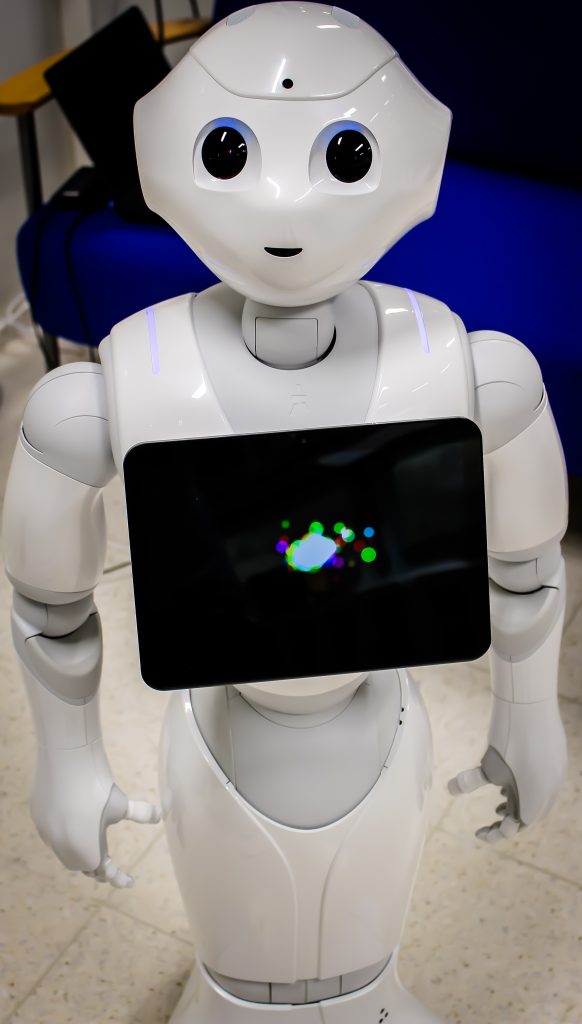
The automation cluster already includes around a hundred different companies, and the region wants to expand it through, for example, supporting start-ups. The region also has a robust network of research cooperation between its university of applied sciences, and the Tampere University of Technology.
There has been a debate concerning the teaching of coding starting at the elementary school level in Finland in recent times. Leino and her research group is helping the region in achieving this through making the learning process fun and creative. The Lego-robots are an excellent way to do this, as both they and coding are fundamentally engaging their users in creative work and play.
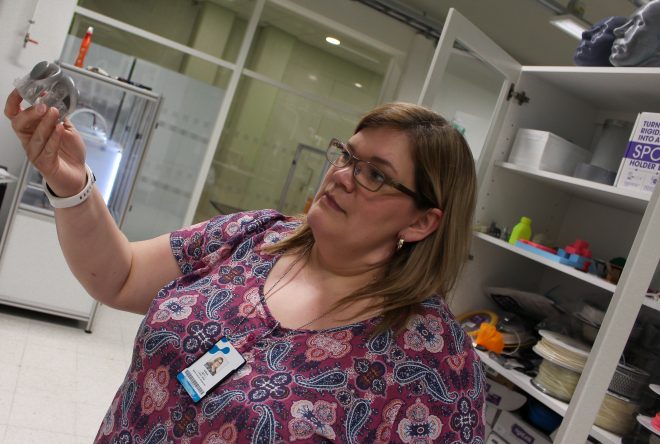
The smart automatization of the surrounding society has been so widespread as to lead to the prolific use of the term fourth industrial revolution. Robotization and automatization have been replacing jobs in the traditional manufacturing industries, but at the same time they have created a demand for new jobs, especially in the developed countries and their ICT-sectors. So far, the robots cannot function by themselves, and they still need people to guide, maintain, and teach them.
The Satakunta University of Applied Sciences is educating and teaching this new generation of skilled workers. The activities are not limited to teaching the pupils in the traditional way, or through the use of the Lego-robots, but instead by innovating new ways of and environments for teaching and learning. The new professions require a new kind of an approach towards teaching. No longer is it enough that a worker at a company is a master of one or two processes pertaining to their job, as digitalisation, smart automation, and robotics are acting as promoters for interdisciplinary education. Already, the users are expected to have a detailed understanding of the machines and strings of codes that they are using, and on how these different elements work together.
Along with the aforementioned activities done within the framework of the project, the Satakunta University of Applied Sciences is also engaged in the creation of an Academy for Robotics. The aim is to familiarize students on robotics, coding, and automation. Each year, the Academy engages around twenty students in its activities. According to Leino, this enables the university of applied sciences to take into consideration the diverse kinds of learners and students, and to make sure that they too will graduate with the skills and knowledge required to finding a suitable job as soon as possible. The Academy aims at creating a globally recognized research and development environment which attracts global companies and other entities to the region.
“One of the main tasks of the project is to increase the knowledge about and appreciation of robotics and automation. Sometimes it feels like there is a shroud of mystery about them which should be lifted”, Leino ponders. It might also be that mobile robots, especially if they are humanlike in their appearance, can appear frightening to some, she continues.
And what about the future? How does it present itself to Leino? “I believe that within ten years we will all have the opportunity to use robots on our workplaces. They will not replace humans, however, but rather they will do the jobs that require a lot of physical strength or are hazardous to our health.” This leads to the question of whether or not we can ease our workload with the help of the robots.
Care and guidance from the robots
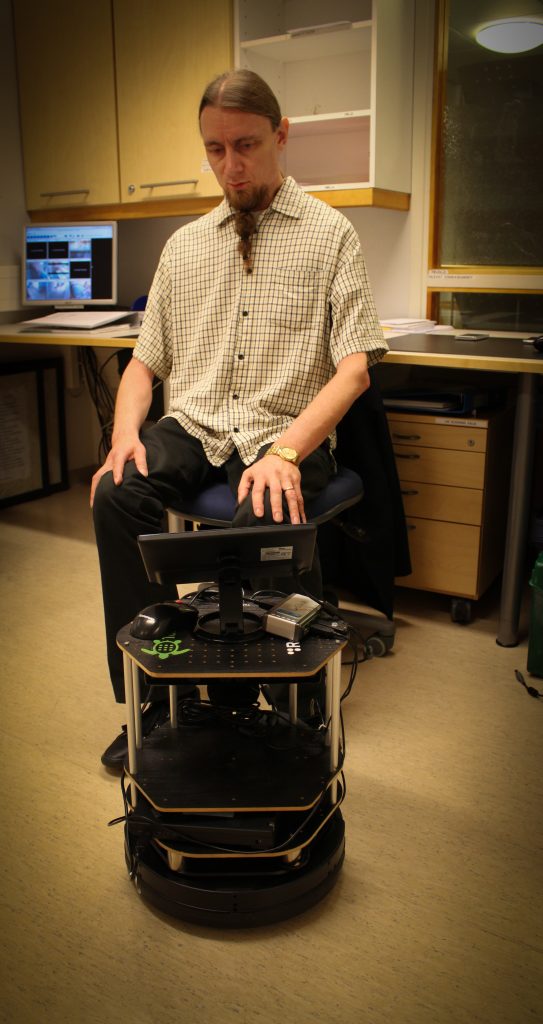
Petri Oksa from the Tampere University of Technology thinks that the proliferation of robots and robotics should be welcomed. The project he leads, called Open Cloud Robotic Ecosystem Ensuring The Developmental Capability of Automation and Service Sectors, is working together with the rehabilitation centre Diavire in Pori. The objective is to create robots that will use cloud services and engage in information exchange when they are helping guide people with memory illnesses and the country’s veterans.
“Already we’re seeing robots used as tools in various instances. I believe that their proliferation, diversity of function, and versatility are going to be increased in the future. With the robots’ features we can utilize them in repetitive tasks, tasks requiring extreme precision, or in hazardous tasks also in the health and welfare sector”, Oksa clarifies.
The project is closely linked to the various regional and international projects and partners, especially the universities which participated in the RoboEarth-prjoect, as Oksa’s project is part of the RoboCoast-project. Through it, a network of partners has been created which includes Prizztech Ltd., the city of Pori, and the Satakunta University of Applied Sciences. The network is aimed at consolidating the research, development, and innovation centre of the region which in turn can be of help to the different companies operating within its borders. The RoboCoast-project has around forty regional companies as its members, and it too was conceived through the funding from the regional council and the ERDF-fund.
Oksa’s robot has as its heart, an open-source operating system called Robot Operating System (ROS) and its nervous system is based on an open-source cloud service called Apache Hadoop. These enable a fast, free, and fluid development of the robot. The culture of openness and robotics go well together, at least for now, as the ROS itself has over twenty thousand application developers using it, Oksa says. Each of the developers can utilize each other’s ideas, and can help with technical problems that others might have.
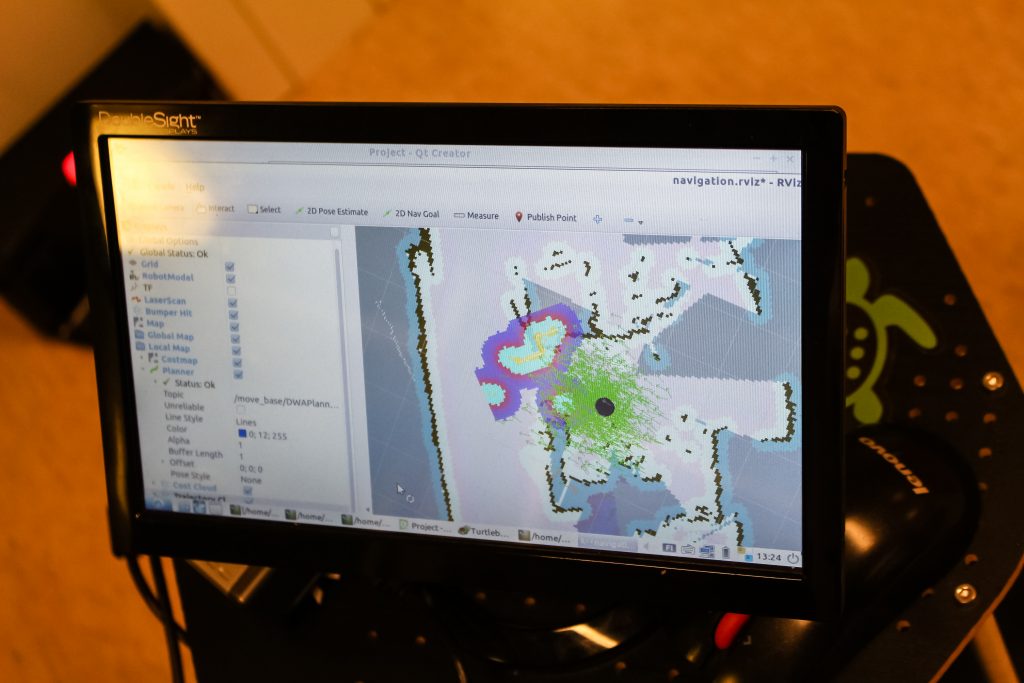
During the project, the robot has been piloted at the grounds of DiaVire, in Pori, where it was well received, says Sanna-Mari Pudas-Tähkä, the head of the DiaVire unit. “When we were testing the robot, we received a lot of good suggestions from our clients and personnel. Some those, however, can be implemented only in the future”, she says.
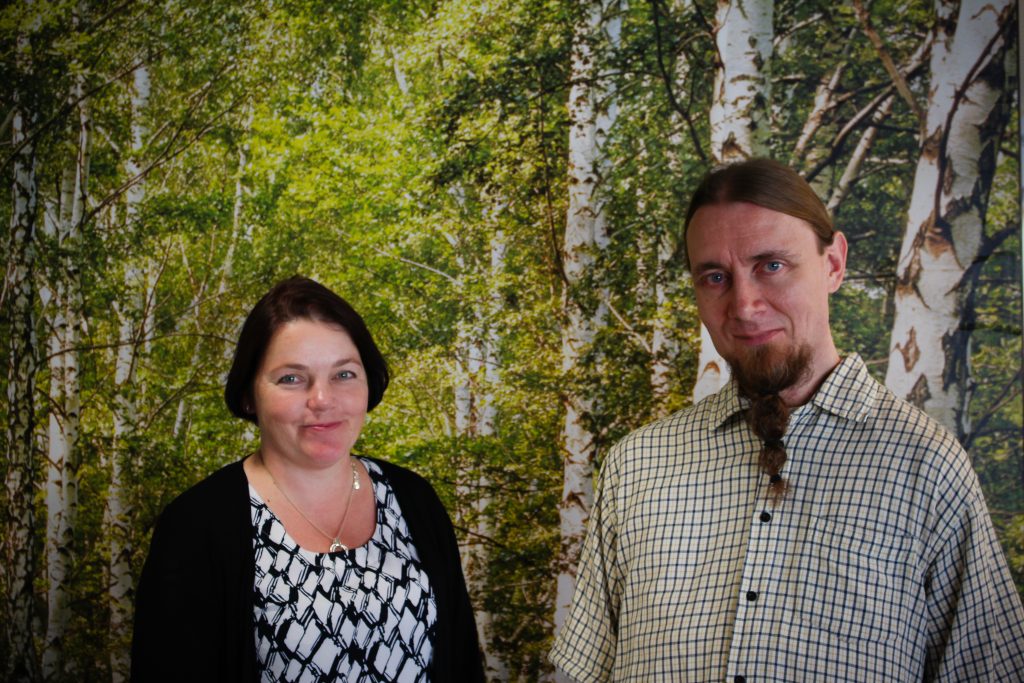
The ideas and comments, even the critical ones, are welcomed according to Pudas-Tähkä, as the goal of the project is to develop the robot so that it can function more easily and more competently with the clients. “The end-goal is that the clients could themselves tell the robot to go to a particular spot within the building using a touchscreen”, she says.
The robot is not threatening the livelihoods or jobs of human nurses or other staff. Instead, it can bring more freedom to the work environment and the tasks now performed by humans. In this way the staff could, for example, spend more time with the clients and to organize more group activities, Pudas-Tähkä explains. She points that even now there are robots assisting the human staff in the health and welfare sector which include, among others, robots aimed at assisting the clients in doing their exercise routines. It is here that the promise made by robotics is made evident: when some of the tasks are performed by the robots, the human staff can focus on the more meaningful ones.
Many people might worry about the security concerns when dealing with robots, especially if they are used in taking care of our loved ones. Oksa is quick to point out that even though the guide robot is working with the elderly and the veterans, it does not take direct part in the care-work itself. This frees the robot from having to deal with confidential and private data and, as a result, neither the patient records nor its network could be easily hacked into.
“Naturally security concerns are vital when talking about the digitalizing world. It must always be taken into consideration, also in the field of robotics. But the data given to the guide robot is neither vital nor confidential, and the amount of data it is sending and receiving is tiny”, Oksa continues.
Both Oksa and Pudas-Tähkä are certain that the role of the robots in our society will become more and more important in various sectors, including healthcare and welfare. “Already we technically have the necessary technical and technological requirements to utilize robots on a wide front in our society. The proliferation of them, however, is up to the markets. If the demand for them increases, the costs of buying and maintaining them will come down”, Oksa clarifies.
Pudas-Tähkä thinks that robots can bring assistance and help in the domestic life which would be a tremendous advantage for elderly people living alone. This factor will gain more and more importance as the populations in the developed countries age, and the age distribution of the societies is curved ever further towards the elderly, she continues.[:]